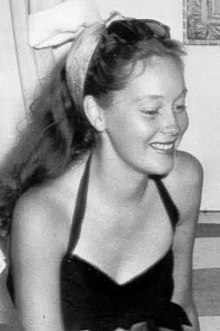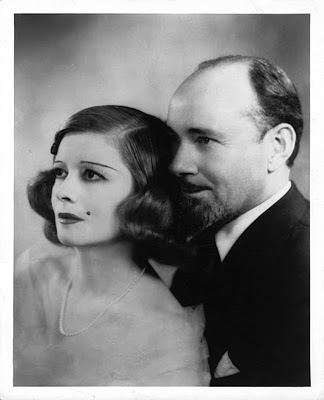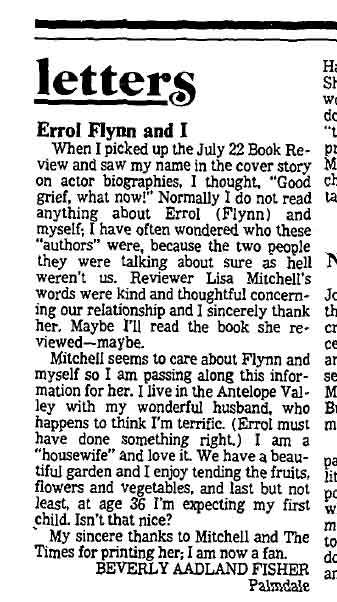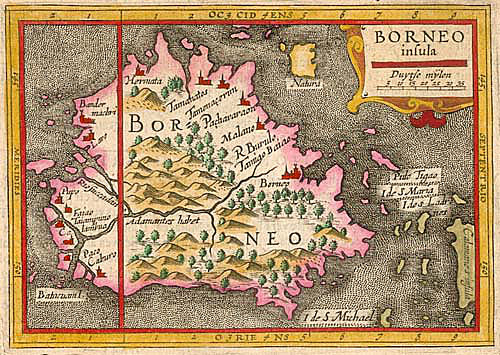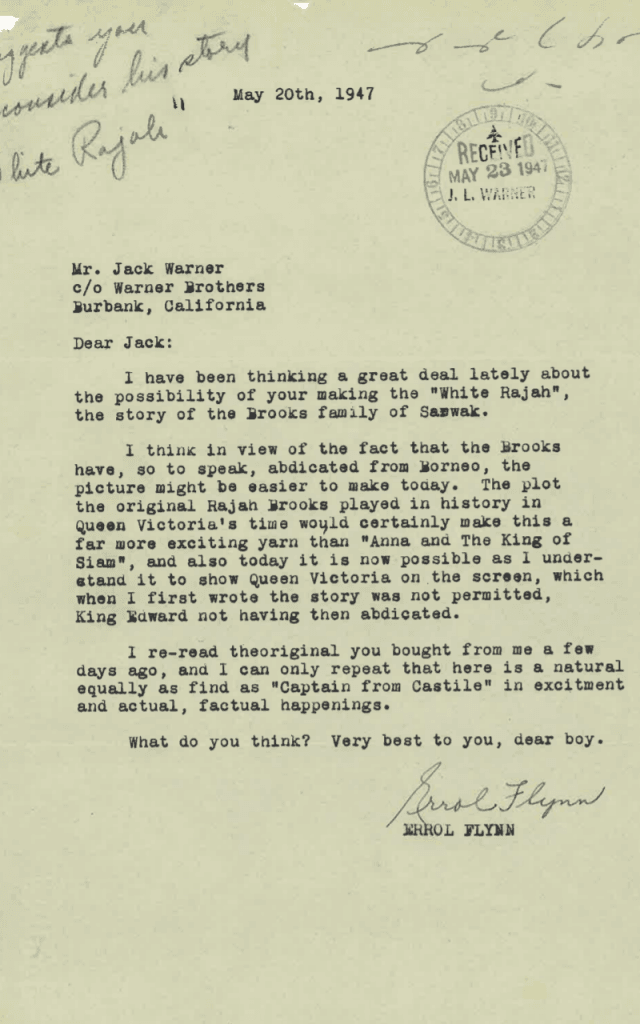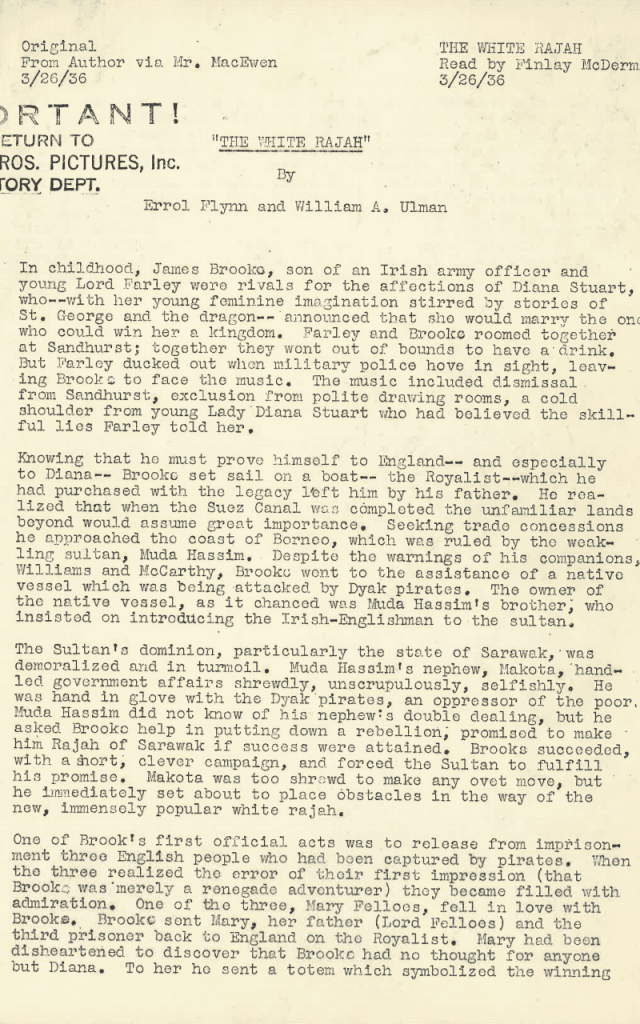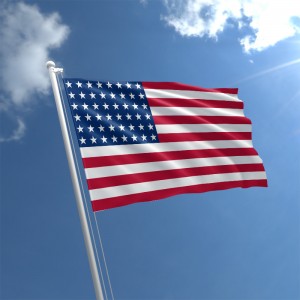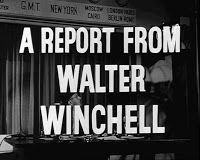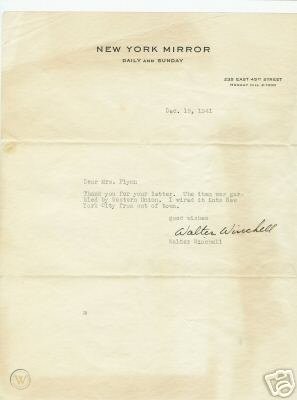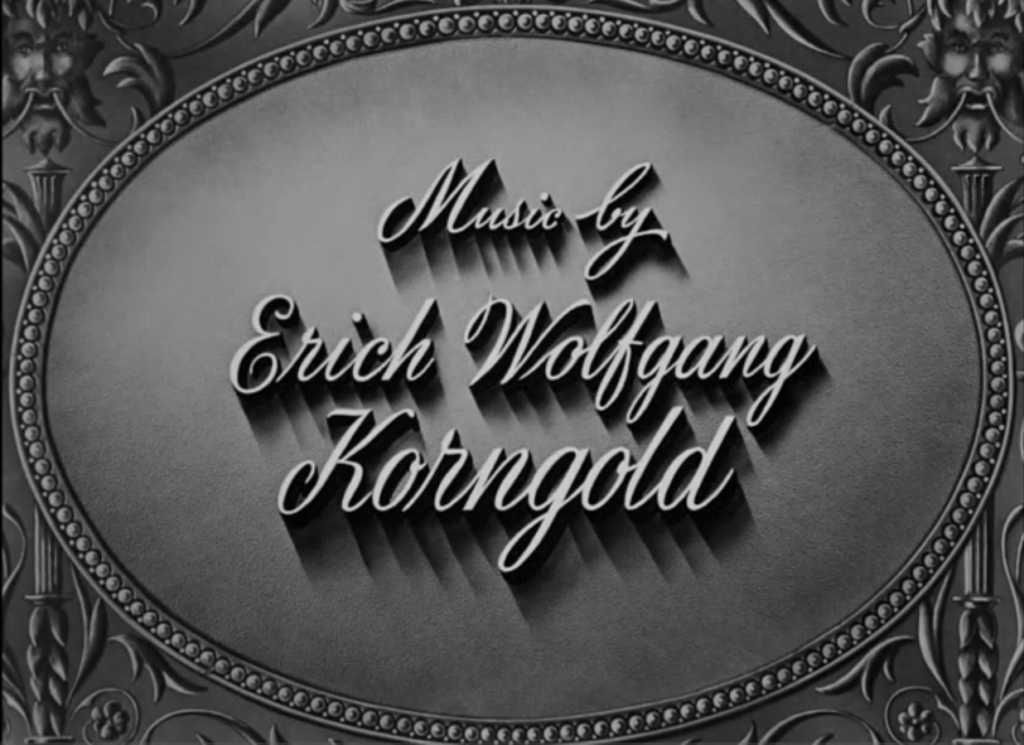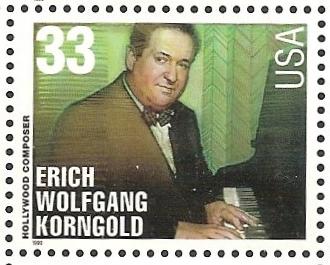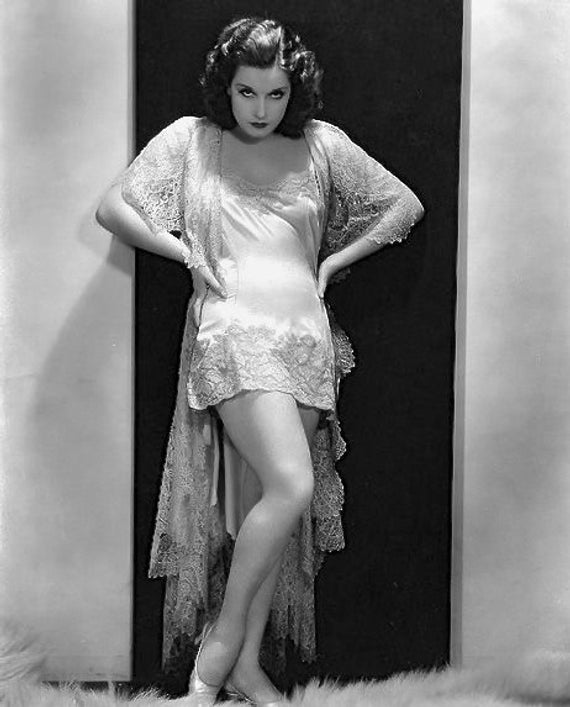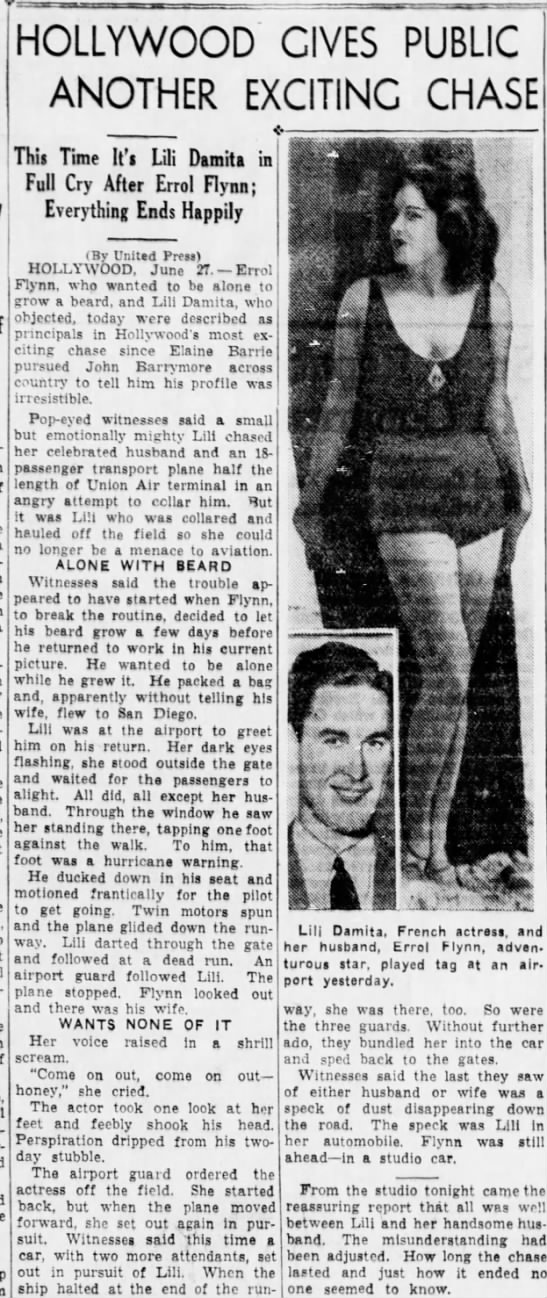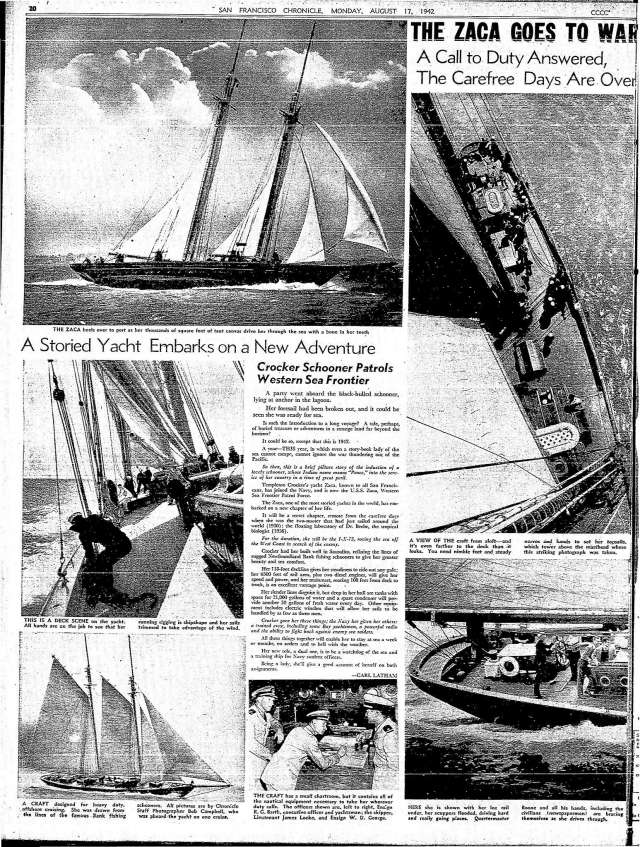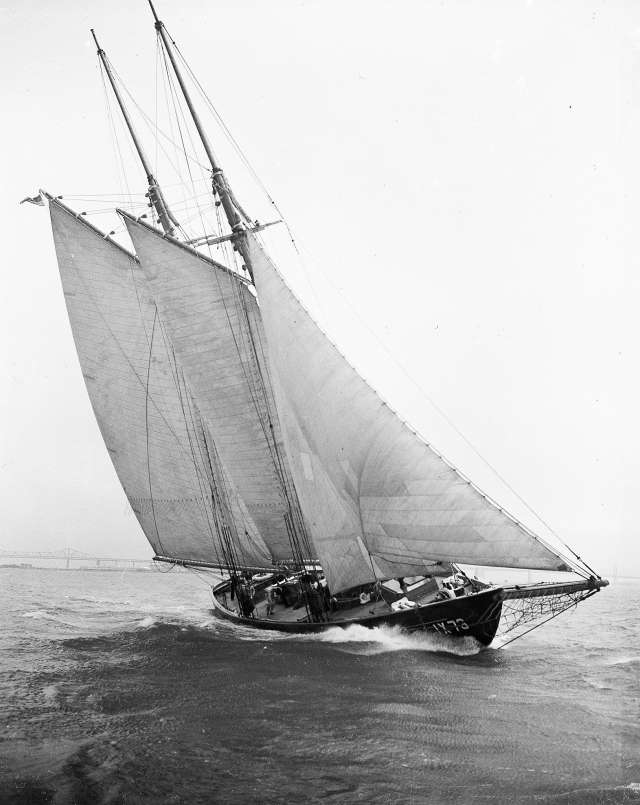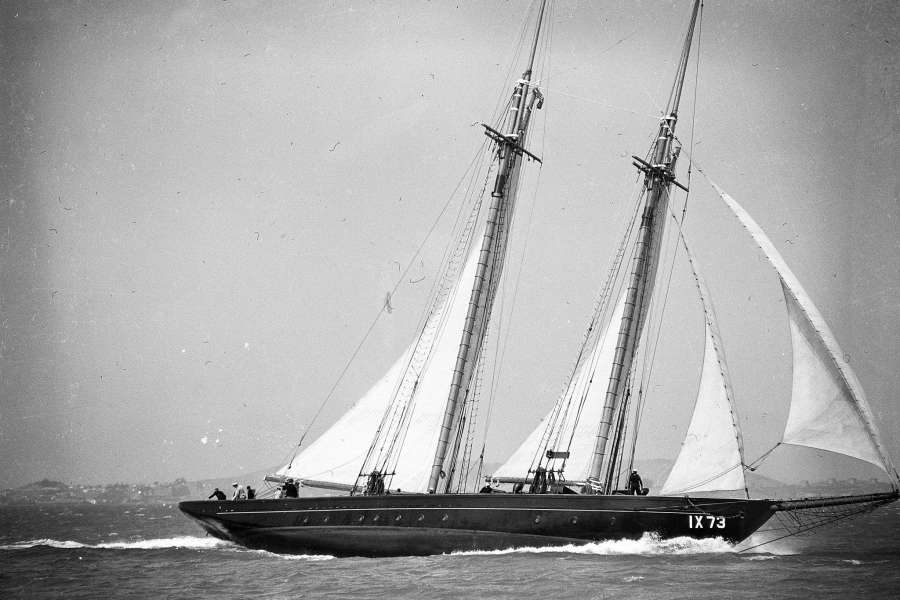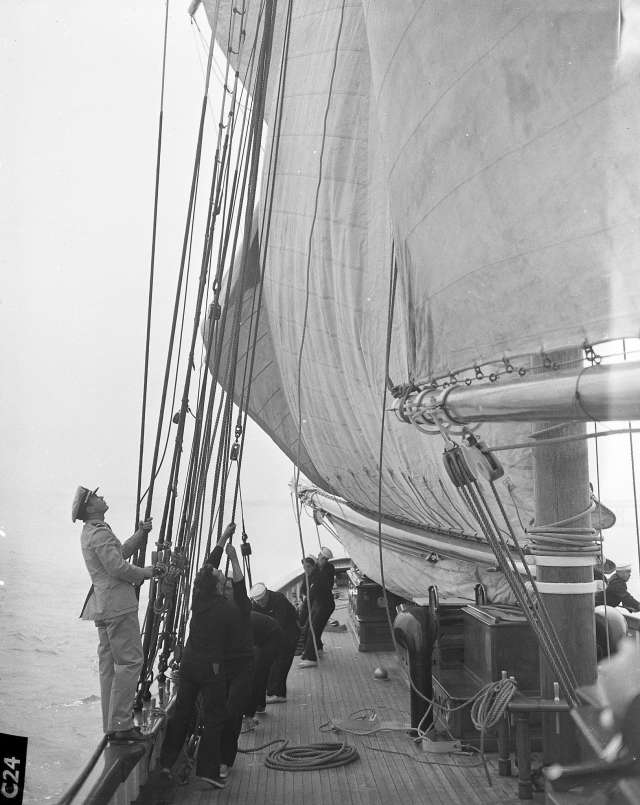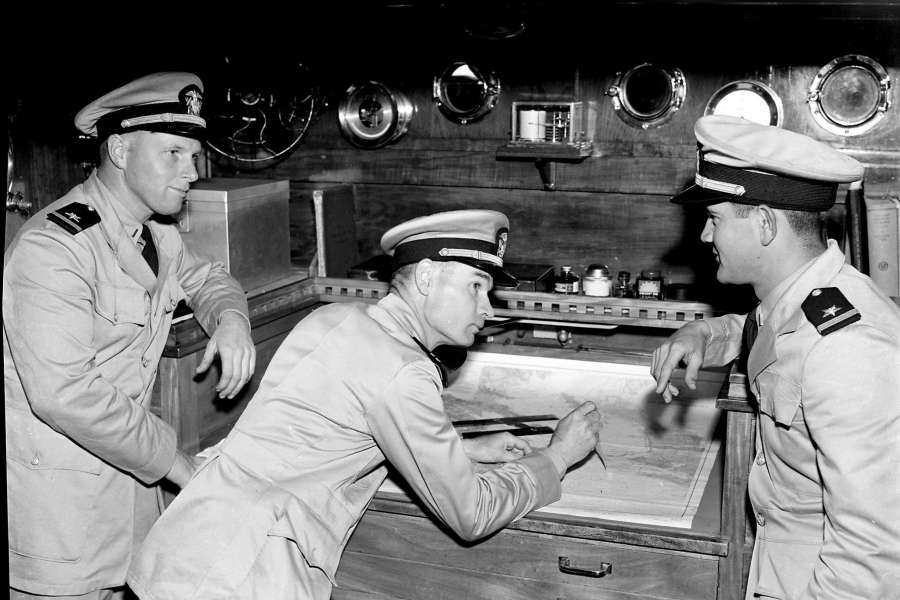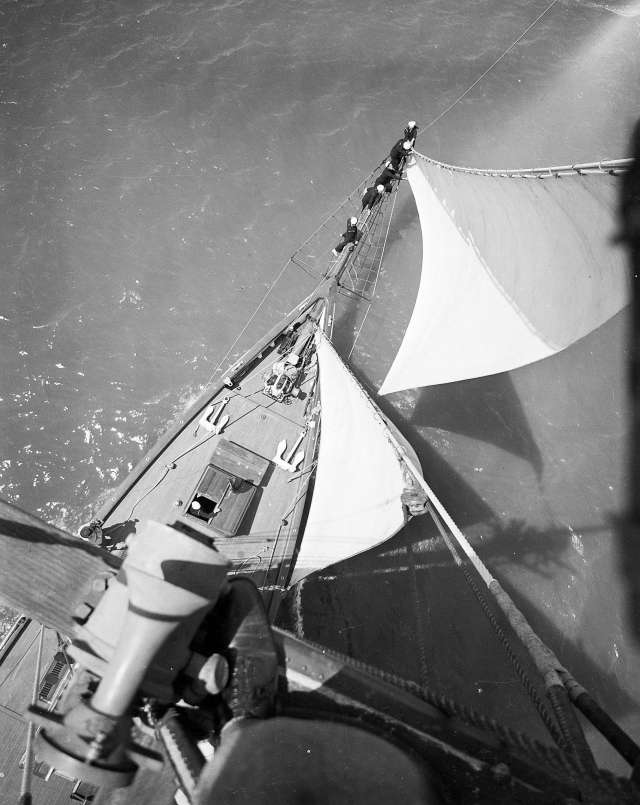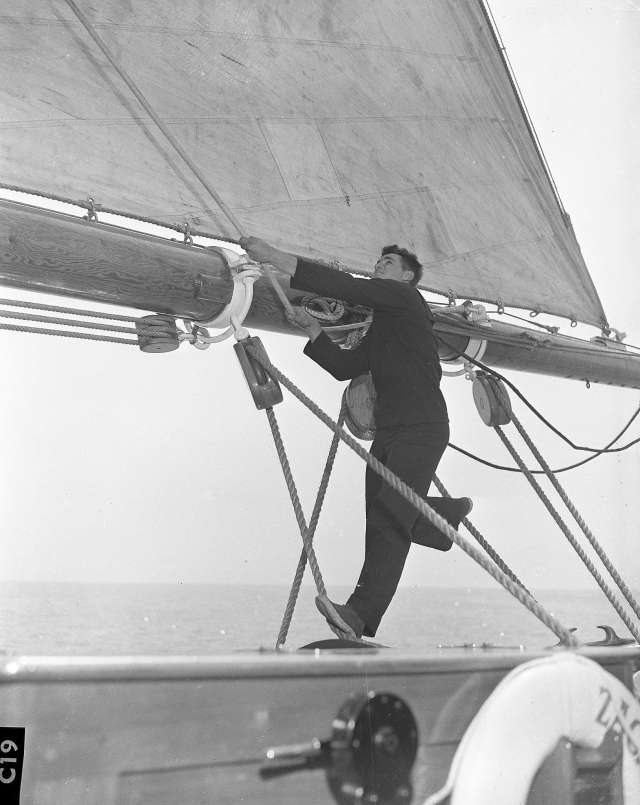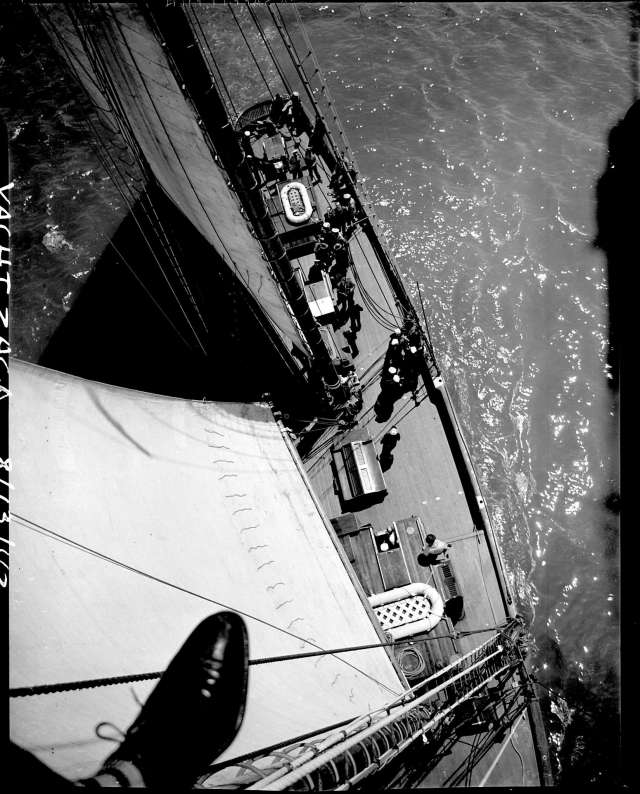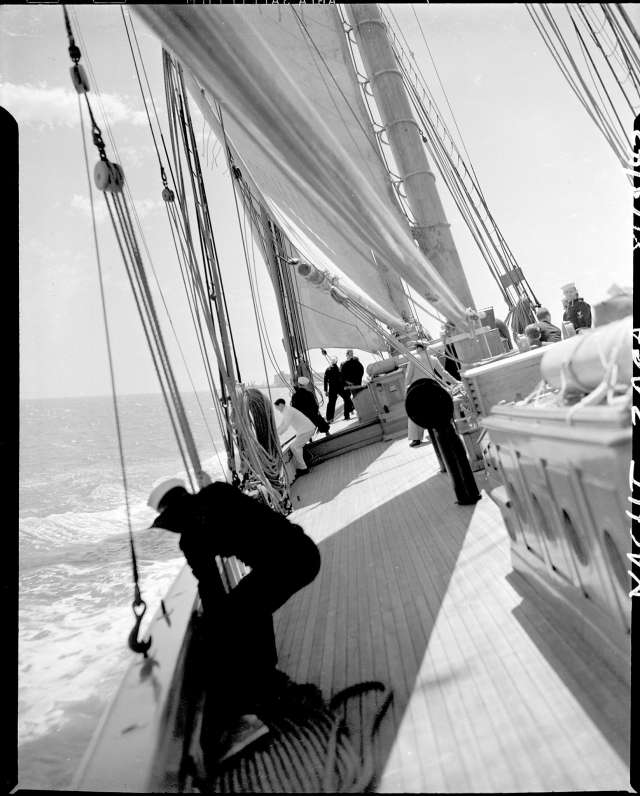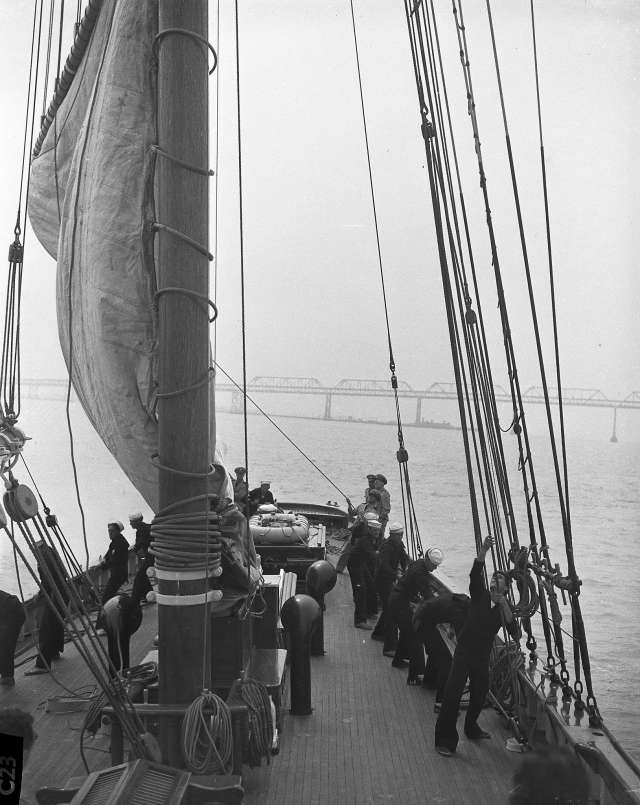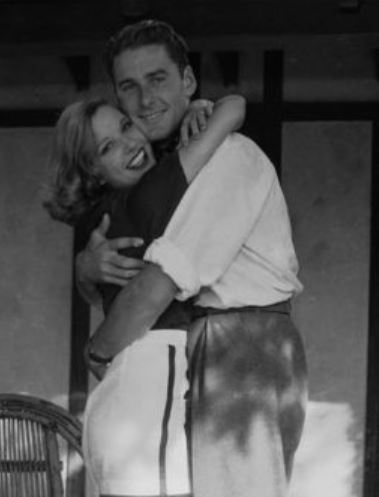
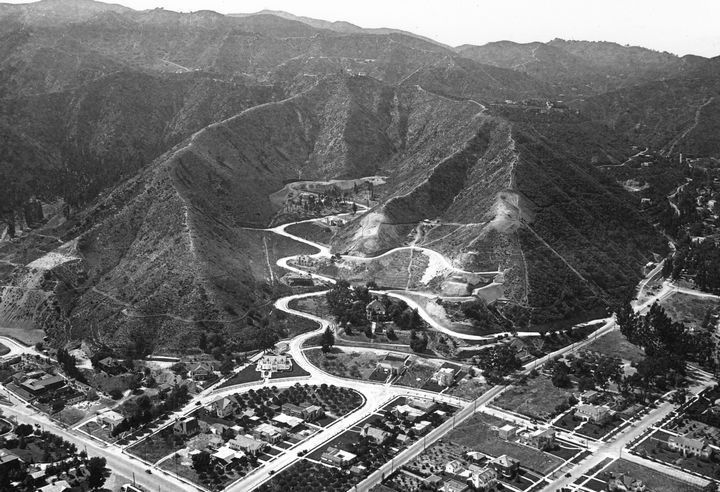
August 17, 1936
Jimmy Starr
LA Evening Herald Express
Hollywood is a funny town when it comes to rumors. A new-married couple can be doing fine, enjoying marital bliss and all of that – but along comes some back fence gossip, and the whole village is suddenly buzzing with separation reports. Such has been the experience, at least, of Lili Damita and Errol Flynn during the past few weeks.
Definitely putting an end to such absurd chatter, Lili and Errol have announced their plans for a lovely Irish-type home on Lookout Mountain. Together they designed it and even went in for a bit of landscaping, Irish flowers, all imported, will be featured in the grounds, while the backyard boasts of magnificent stables and a circular feeding bin. When completed, the entire place, no doubt, will be one of Hollywood’s show spots.
…
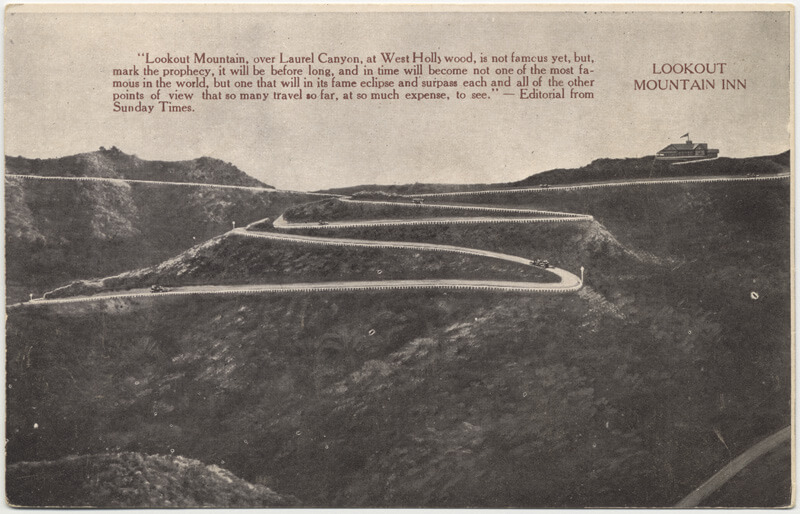
“Over the decades, many stars resided in this area, including Chester Conklin in his $70,000, 10-room mountain retreat, Jill Esmond and Laurence Olivier in a “rambling ranch house,” Bert Wheeler, Joan Blondell and George Barnes, John Carroll, Lew Ayres, Burl Ives, Edward G. Robinson, Cary Grant, Errol Flynn, Ida Lupino, and Harry Houdini. Its soaring views still attract high-end customers.”
laurelcanyonassoc.com…
In the 60s and 70s, Laurel Canyon was second only to Haight-Ashbury as a Mecca for Hippies. This is “where Joni Mitchell was living when she wrote “Ladies Of The Canyons” and “Clouds”; and, Graham Nash wrote “Our House” when he was living here with her. Frank Zappa’s infamous home during the sixties was located on the NW corner of Lookout Mountain and Laurel Canyon, where now is a vacant lot. He eventually moved because every nut in town knew where he lived.” Other rock stars included Jim Morrison, John Mayall, Carole King, The Mamas and The Papas, Dusty Springfield, Brian Wilson, and many others. The 2001 film Laurel Canyon is an homage to this legacy, as is this year’s Echoes of the Canyon.
— Tim
